The positive forward looking and utopian vision of the future as painted by the show’s creator Gene Roddenberry celebrates 50 years this year. The revolutionary show introduced television viewers to the first interracial kiss but was equally revolutionary when it comes to technology and gadgets.
Some of the show’s sci-fi innovations have become a reality. Others will forever stay in the world of science fiction, rather than science fact. As the original show has been aging, technology has steadily been advancing.
“Star Trek speaks to some basic human needs,” Roddenberry said. “That there is a tomorrow – it’s not all going to be over with a big flash and a bomb; that the human race is improving; that we have things to be proud of as humans. No, ancient astronauts did not build the pyramids — human beings built them because they’re clever and they work hard. And Star Trek is about those things.”
In 1966 an obscure science fiction series was began broadcasting on American television. A show about a crew of the Starship USS Enterprise, with William Shatner and Leonard Nimoy, starring. The crew was confronted with problems on a global and indeed interstellar level. To the crews, help was a wide range of machines and gadgets, and in some cases, these gadgets and technology have become a reality during the 50 years since the show premiered.
Some of the technical solutions in Star Trek were concepts already existing in the public domain mind of science fiction literature. Others were inspired by speculation based on recent scientific findings during the 1960s. Some of the technology solutions was a necessity because of the limitations that existed for a one-hour program, both in terms of budget and narrative technique.
Transporters
An example of the latter was the teleportation device, the ship “transporters”, which can send people and equipment from one location to another, without longer travel time than it takes for the special effect to fade out. These effects consisted of falling aluminum shavings shot upside down. Using a more ‘realistic’ lander would have been too time-consuming and would have surpassed the series minor budget. Using transporters instead, the plot could proceed directly from the bridge of the ship to the surface of alien planets, without any additional costly scenes and special effects.
The Tricorder
The crew’s mission was to discover and explore. To their help, they had a “tricorder”, used to explore the surrounding area with a wide range of instruments and not so clearly defined functions.
There was also a special version to make medical diagnoses. This is close to becoming a reality. Today, there are portable mass spectrometers, paving the way for portable “tricorders” that can be used in the field to make advance diagnoses.
Communicators
In the original television series, the USS Enterprise crew communicated using “communicators”. They were strikingly similar to flipping cell phones but did not use radio waves, instead, they used “subspace transmission”, a fictitious innovation that makes it possible for the characters to converse without time delays or relay satellites. In later series, a device was built into the uniform and the Starfleet logo, that the crew wears on their chest.
The engineer Martin Cooper developed the first mobile phone, with the original hand-held Star Trek phone as an inspiration. Subspace is still fiction, too bad.
A.I
Star Trek: The Next Generation began airing in 1987. The new series introduced a new crew. It included, among other things, the android Data, played by Brent Spiner. His strictly logical thinking worthy of Spook and his search for an identity among the biological creatures around him was a recurring theme in the series. Several projects, mainly in Japan, are today trying to create human-like robots. But these machines are far from the independent, thinking and philosophical Data – yet.
Touchscreens and Tablet Computers
One of the most important tools aboard the Next Generation Series of USS Enterprise was the PADD, Personal Access Device Data. It was a portable flat computer that was thin, rectangular and had a touch screen with an advanced graphical interface. Very similar to an iPad or other tablets that were only 15 years in the future from when the Next Generation began airing. PADD is simply the iPad of the space age.
The idea of touchscreens was partly introduced – as so many other things – for budgetary reasons. It was cheaper to do the graphical interface on the displays using CGI, instead actually building control panels with buttons and knobs.
Tractor Beam
Some of the theatrical props were indeed impossible to build. The prime example is perhaps the ship itself, the USS Enterprise. Artificial gravity keeps everything grounded. Moving things around required a “tractor beam”, a yet of force fields that can even capture spacecraft. The concept was coined by science fiction writer E. E. Smith in the 1930s. Real world experiments in miniature have managed to move microscopic particles, using lasers and also sound waves.
The “Warp Drive”
The ship can travel faster than the speed of light using a so-called “warp drive”. The series creator was fully aware of the speed of light as a physical limit, but it was not sensible to have a series where it takes many years for the crew to travel between their adventures.
A speculative idea based on a solution of Einstein’s field equations in general relativity as proposed by theoretical physicist Miguel Alcubierre in 1994, by which a spacecraft could achieve apparent faster-than-light travel if a configurable energy-density field is lower than that of vacuum.
Alcubierre interpreted his “warp bubble” in terms of a contraction of space ahead of the bubble and an expansion behind – surfing space than actually traveling through spacetime. Subsequent calculations found that such a model would require prohibitive amounts of negative energy or mass.
In 2012, NASA researcher Harold White hypothesized that by changing the shape of the warp drive, much less negative mass and energy could be used, though the energy required ranges from the mass of Voyager 1 to the mass of the observable universe, or many orders of magnitude greater than anything currently possible by modern technology.

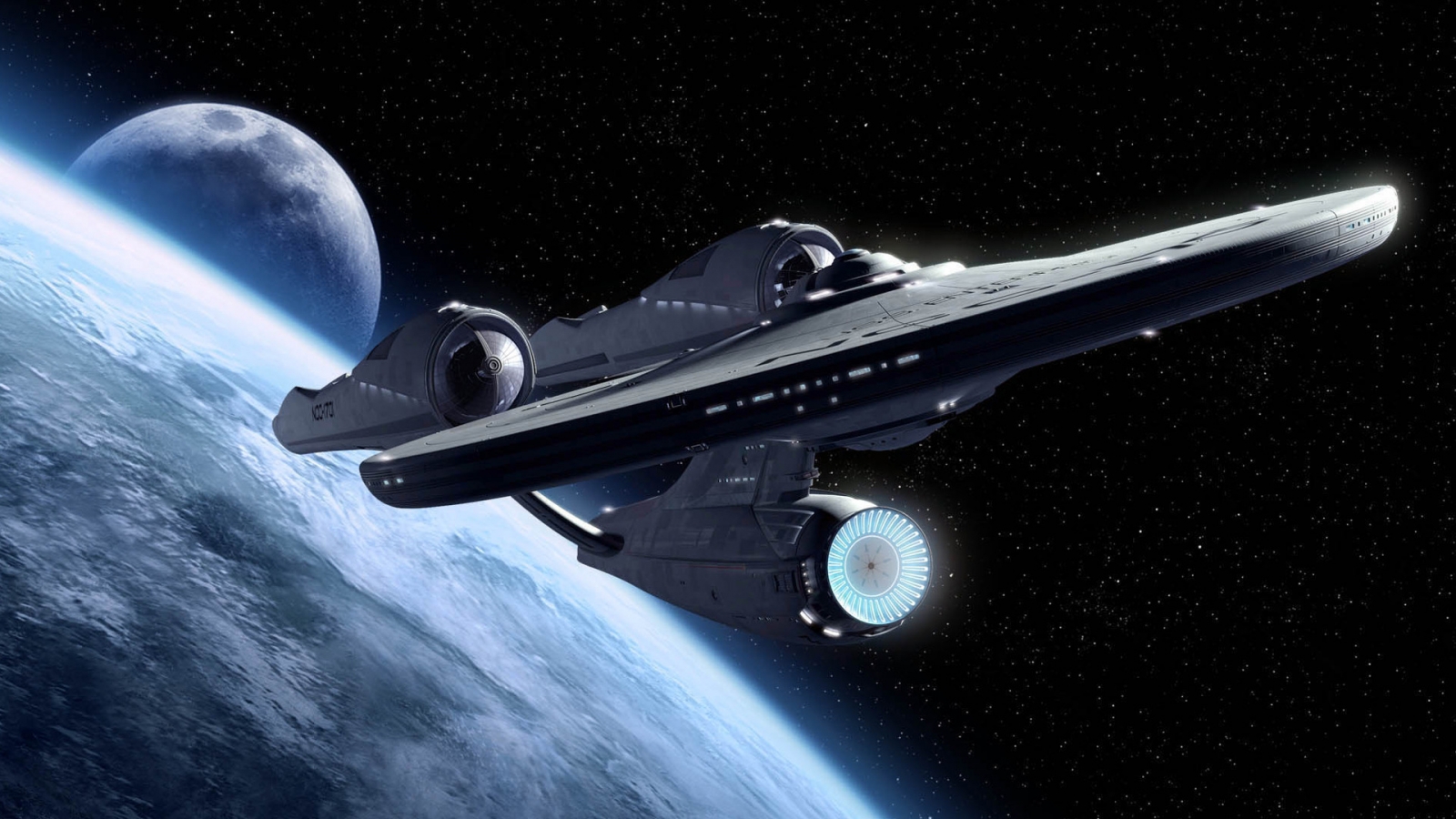
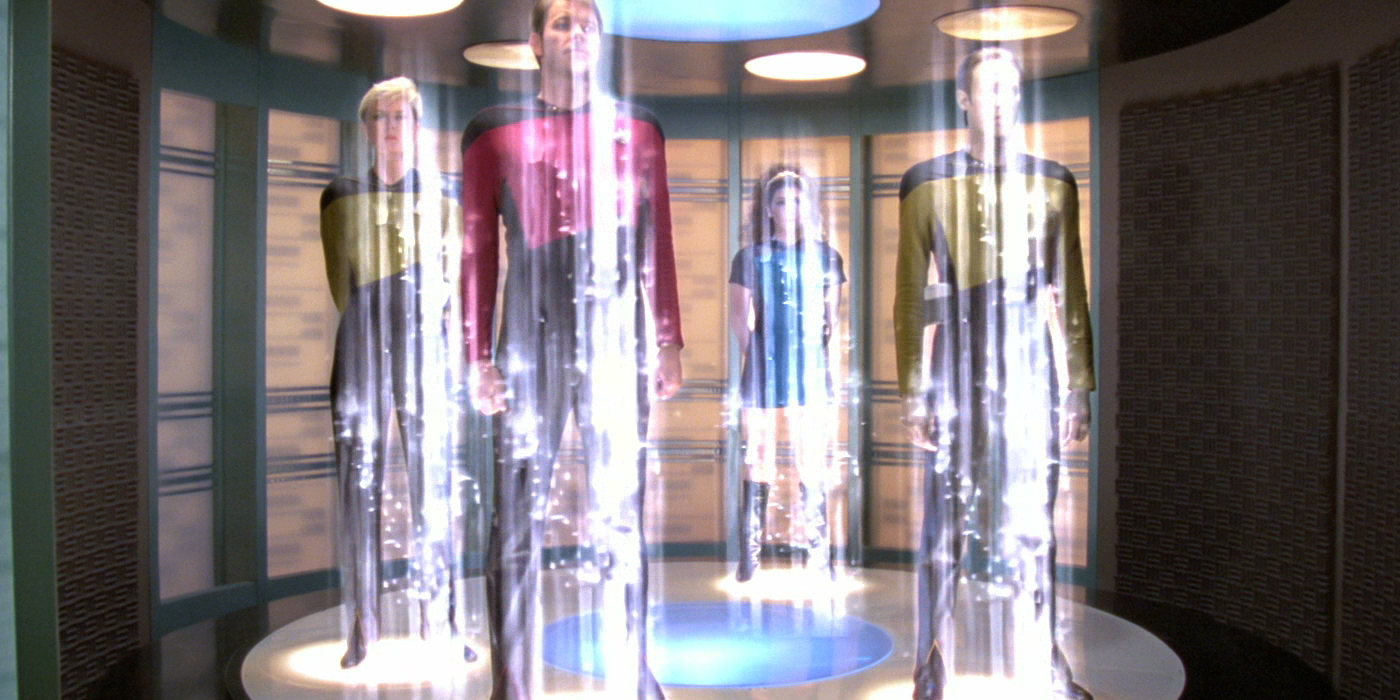
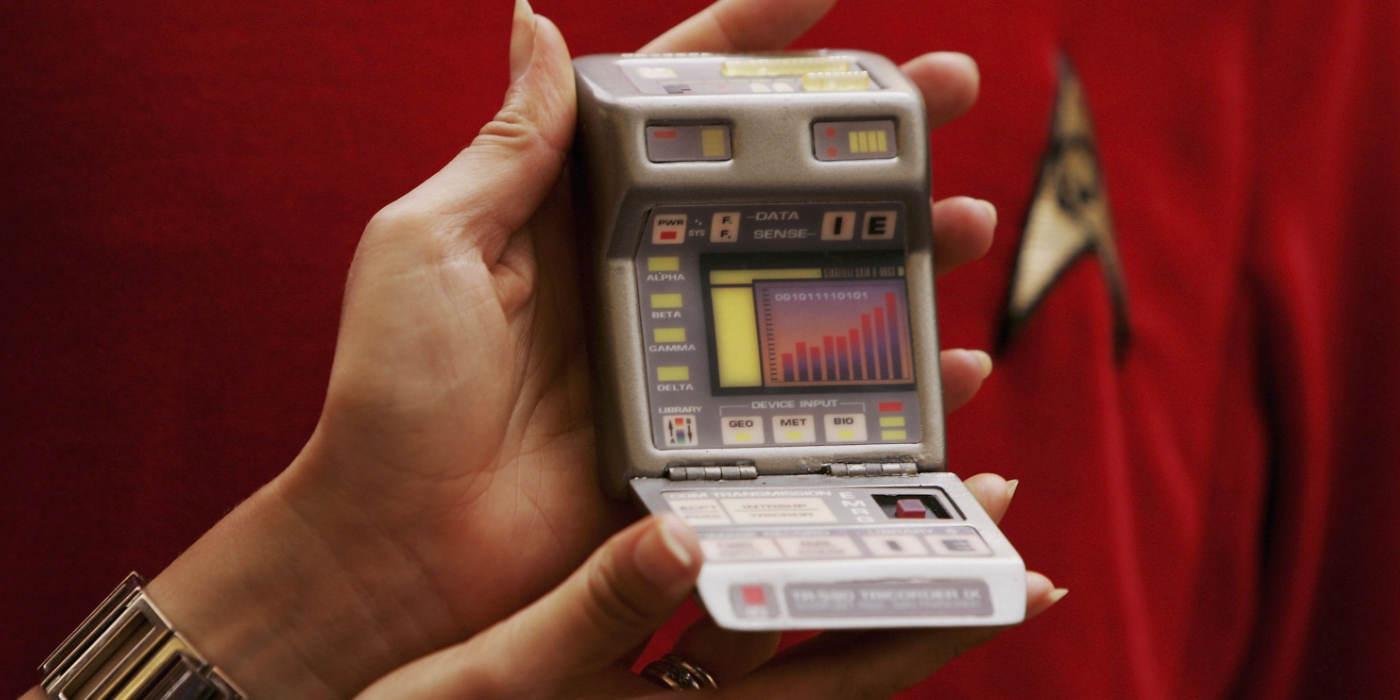
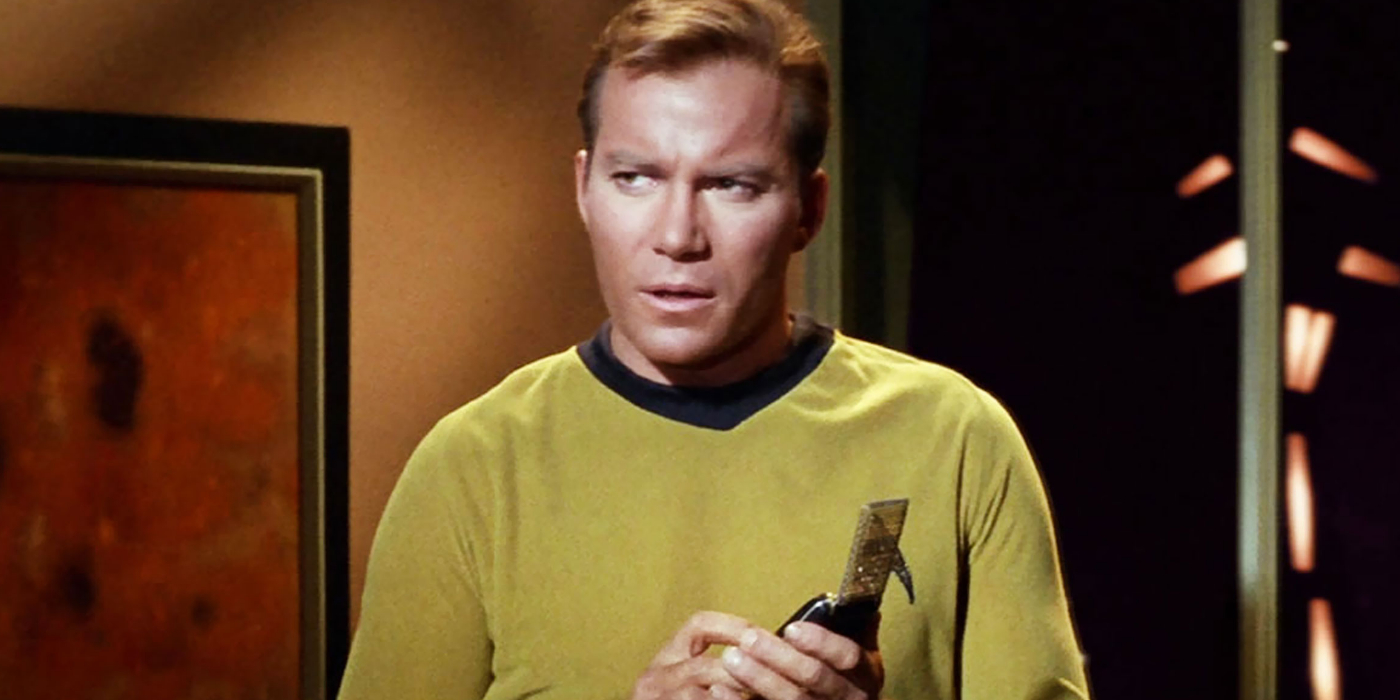
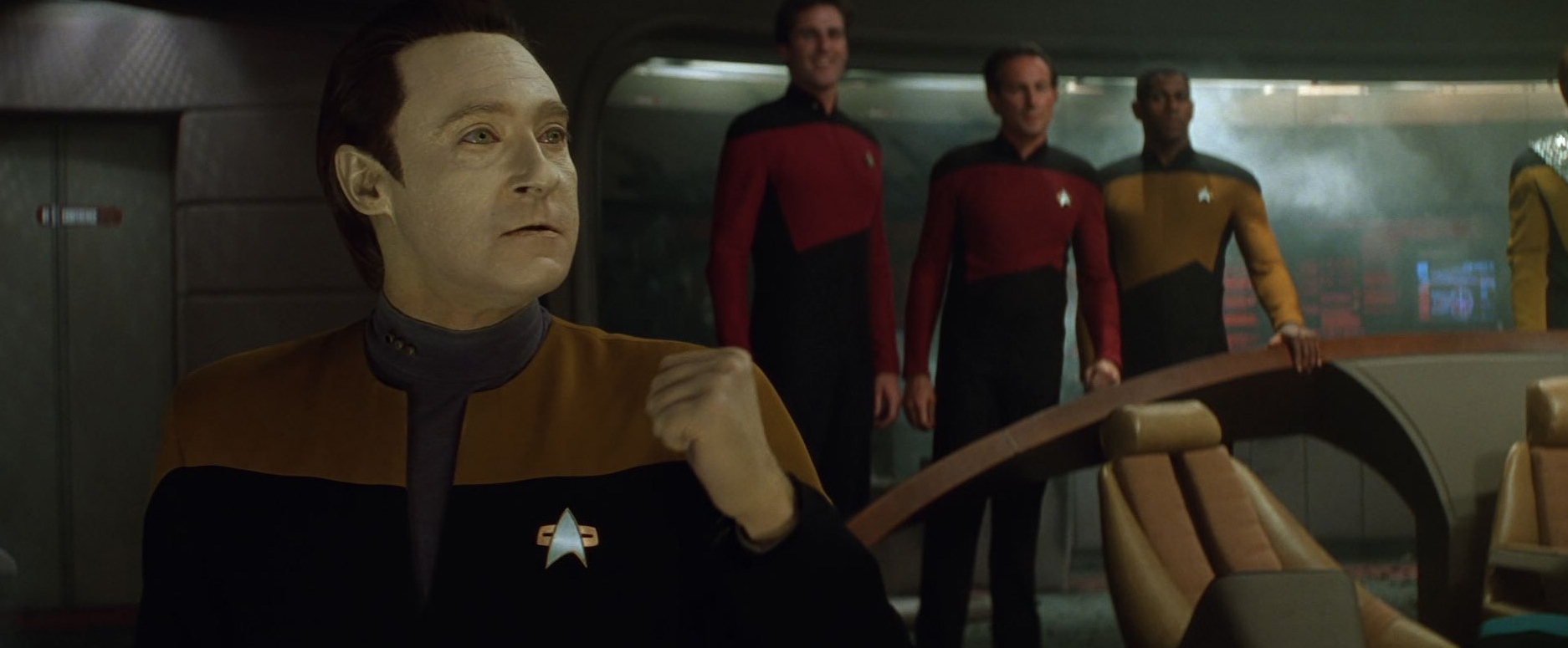
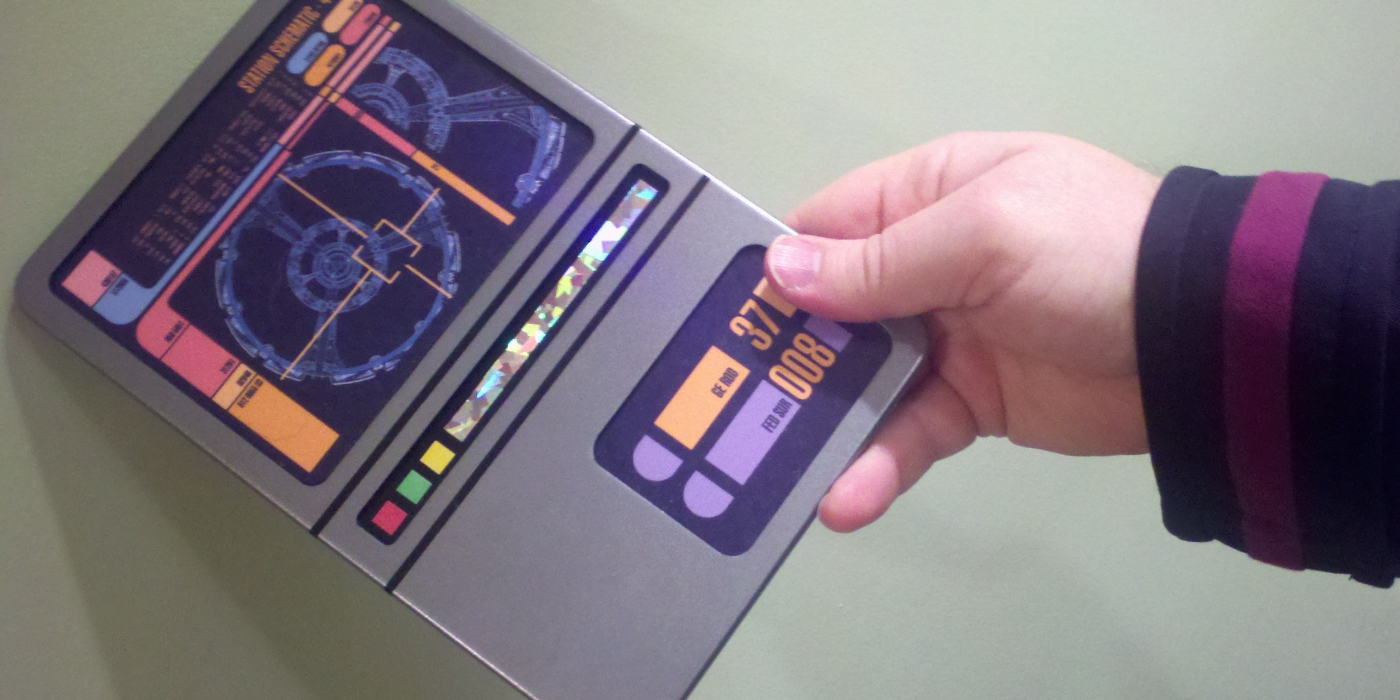
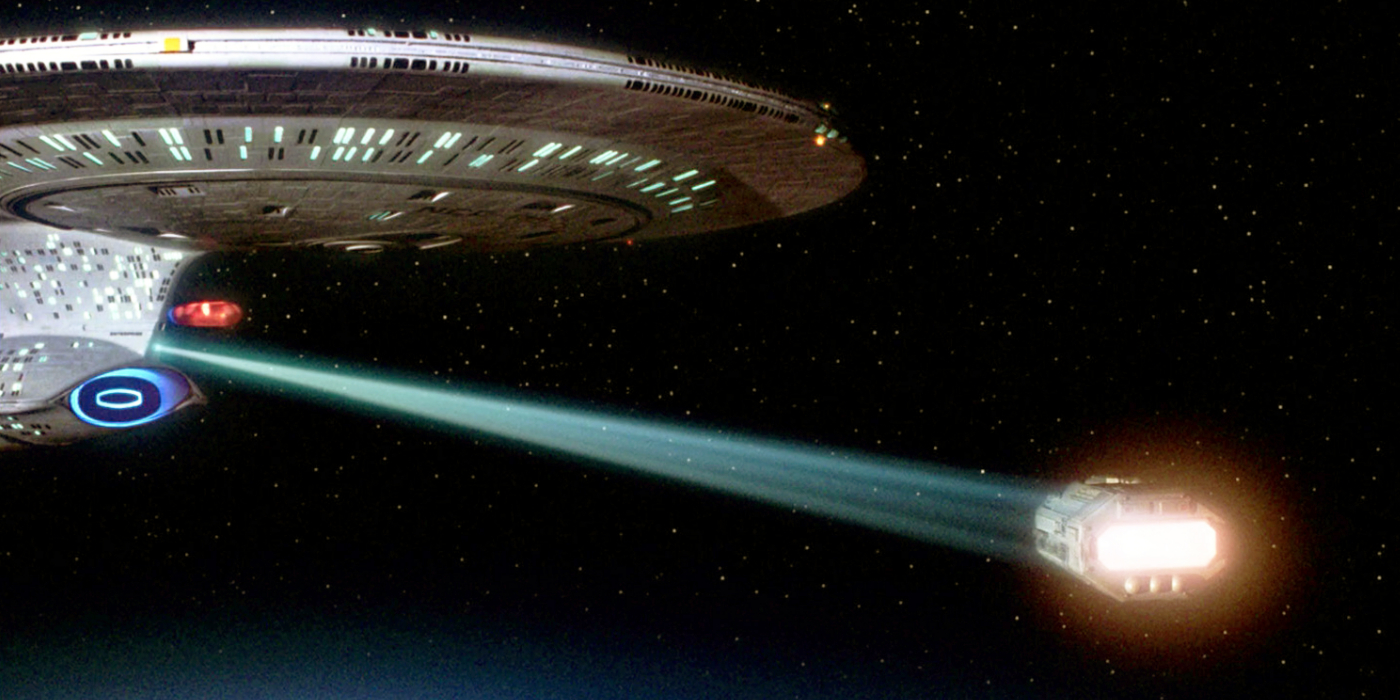
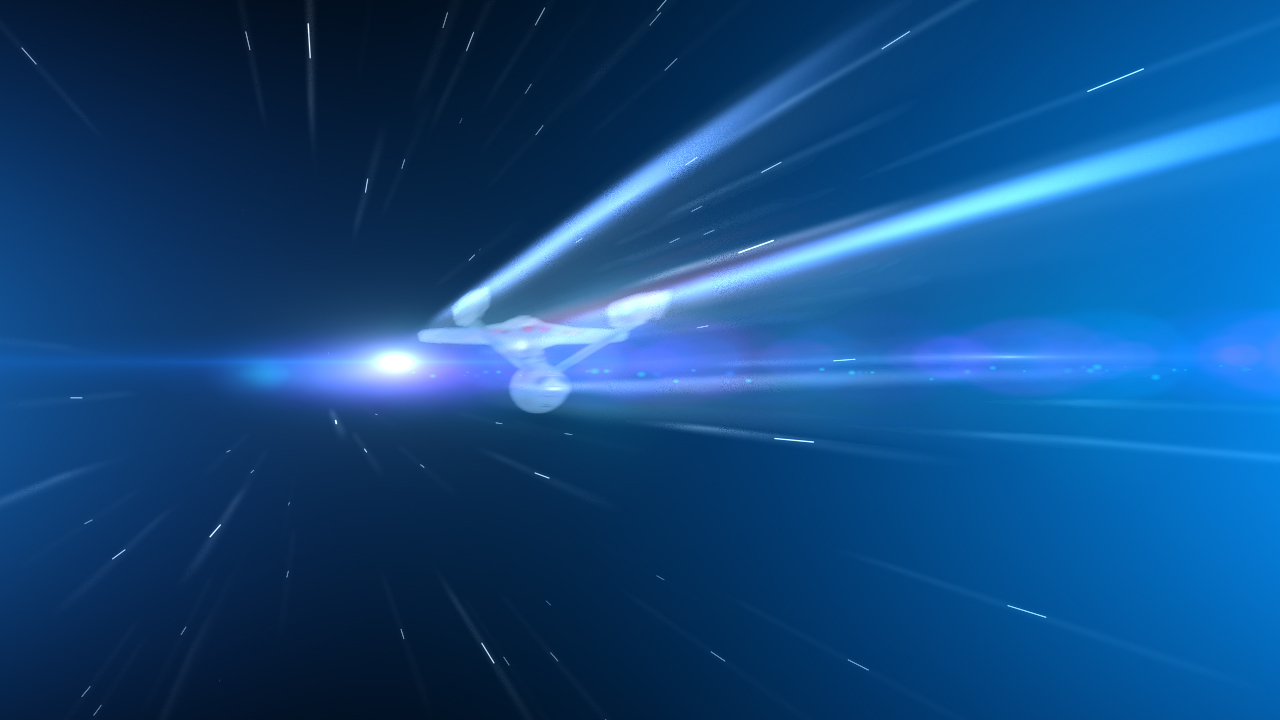


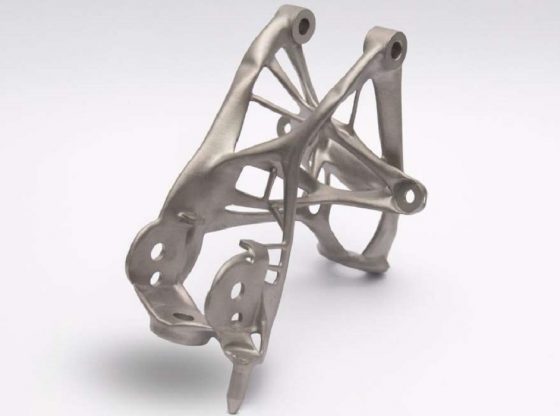
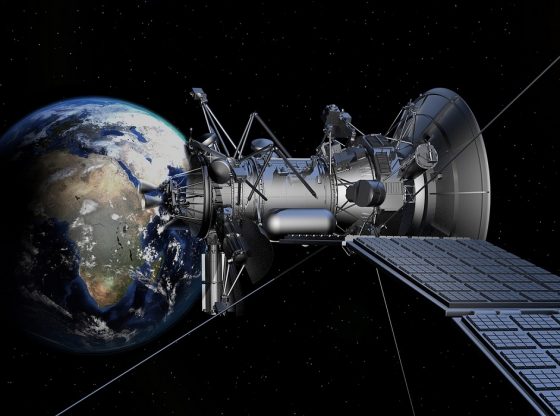
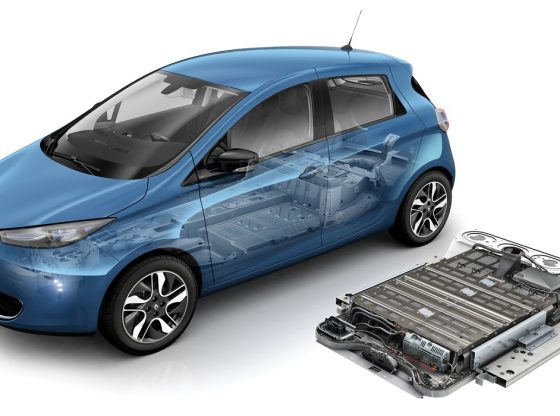
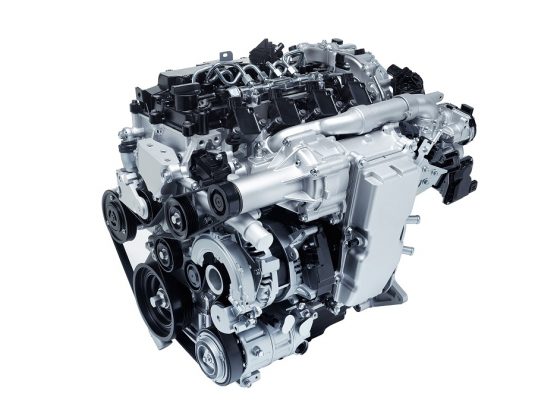
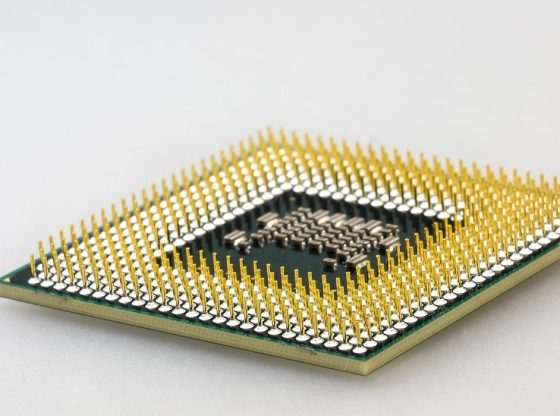
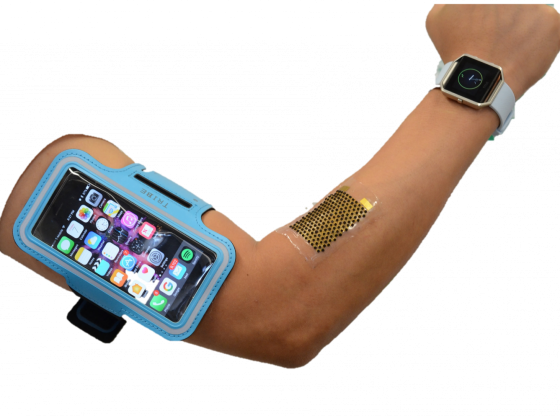

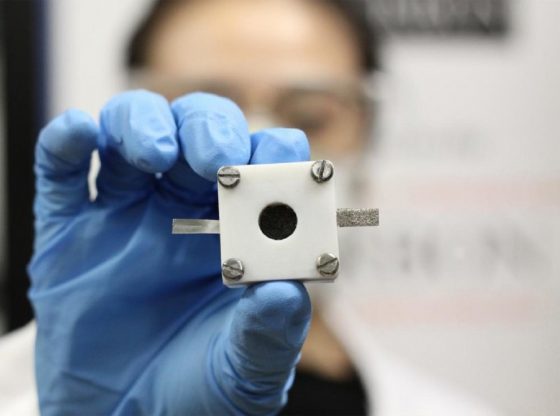
![OpenAI. (2025). ChatGPT [Large language model]. https://chatgpt.com](https://www.illustratedcuriosity.com/files/media/55136/b1b0b614-5b72-486c-901d-ff244549d67a-350x260.webp)
![OpenAI. (2025). ChatGPT [Large language model]. https://chatgpt.com](https://www.illustratedcuriosity.com/files/media/55124/79bc18fa-f616-4951-856f-cc724ad5d497-350x260.webp)
![OpenAI. (2025). ChatGPT [Large language model]. https://chatgpt.com](https://www.illustratedcuriosity.com/files/media/55099/2638a982-b4de-4913-8a1c-1479df352bf3-350x260.webp)








